What Cats Can Eat: A Guide to Cat Feeding and Nutrition
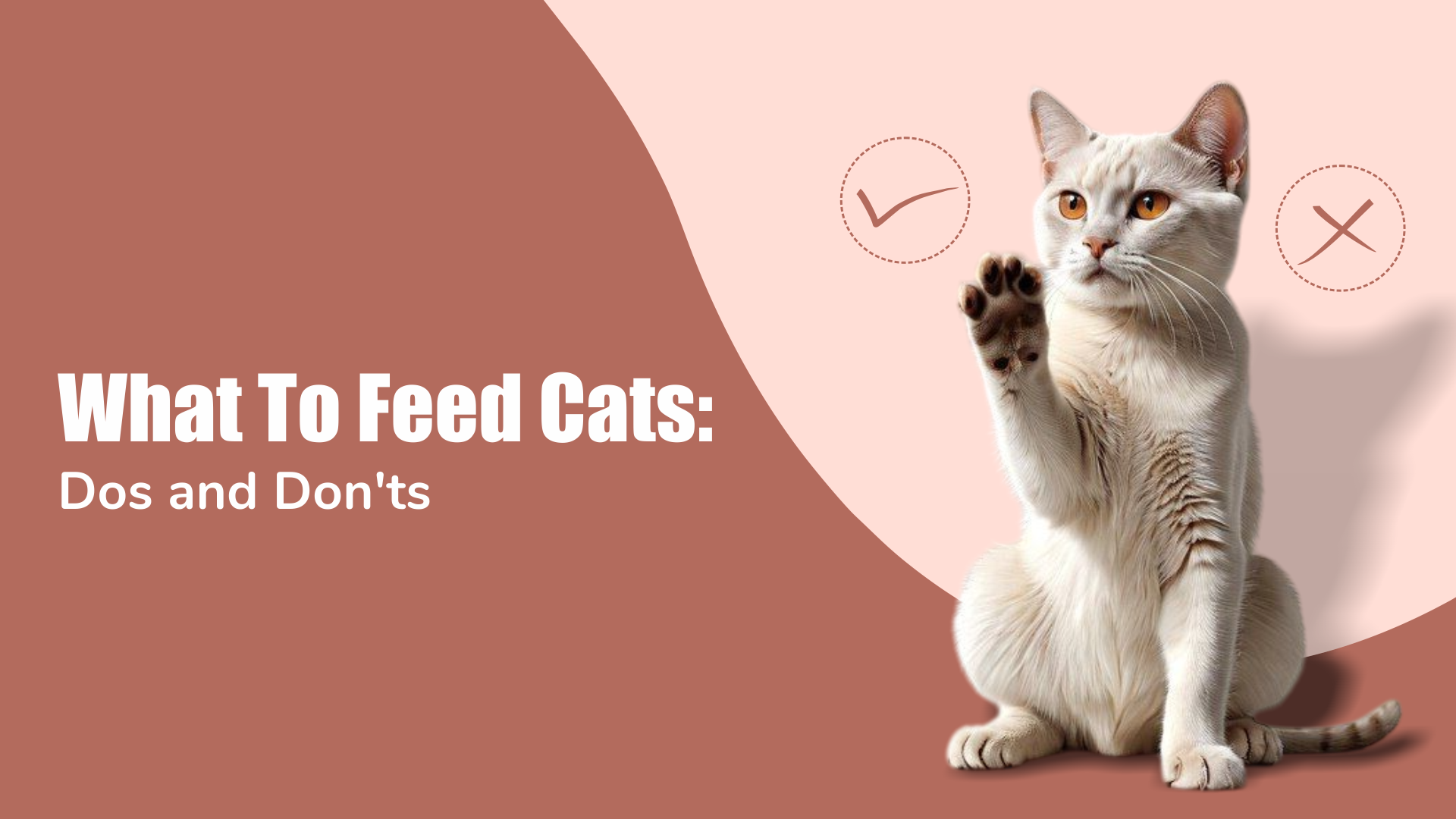
Feline nutrition is overwhelming because there are tremendous choices with related warnings, and enough conflicting information to daze anyone. What is best for our furry companions? A better understanding of their unique dietary needs can make a big difference in giving them a life full of vitality and joy. After all, feeding your cat is not just a matter of filling up; it's showing love in the purest form.
Understanding Your Cat’s Diet Needs
Cats have unique dietary needs that are far different from humans. Knowing these requirements ensures they get the right nutrients to thrive, maintain energy levels, and live a long, healthy life.
What Do Cats Eat? Essentials of Feline Nutrition
Cats are obligate carnivores. It is not a preference, but it is a must to have meat. Unlike humans who can live healthy on so many different kinds of food, cats rely only on animal protein for survival. Their bodies need specific nutrients, which can only be availed from meat, and if they cannot attain these, they will face extreme health problems.
- Protein keeps their muscles strong and their hearts beating steadily.
- Taurine keeps their eyes sharp with a healthy heart.
- Fatty acids feed their skin so they have slick and shining coats.
- Vitamins and minerals help their bones grow strong and function flawlessly.
When we feed our cats proper food, we are giving them the ability to run, chase, pounce, explore, and love us for as long as possible.
The Role of Protein in a Cat’s Diet
Imagine a life without the energy to leap onto the windowsill or the strength to playfully bat at a feather toy. That’s what a cat’s world would look like without protein. Every bite of their food should be rich in high-quality protein sources like:
- Chicken and Turkey—lean, nourishing, and packed with essential amino acids.
- Salmon and Tuna—bursting with omega-3 fatty acids to keep joints healthy and coats shimmering.
- Eggs—a powerhouse of protein that supports overall vitality.
This is not only about nutrition but also giving your cat the energy to live an adventurous life full of love.
Balancing Wet and Dry Food for Cats
The choice between wet and dry food seems like a decision that can change your life. Each has its advantages, and the best depends on the individual needs of your cat.
- Wet food is rehydrated and therefore often much more palatable, making mealtime much more fun for finicky eaters.
- Dry food is an excellent choice for being easy to use and also helps with dental health, making their teeth strong well into their older years.
Combining both can give your cat the very best of both worlds. They stay hydrated while enjoying the crunch of dry kibble. The only thing that matters now is that all meals are filled with love and nutrition.
Healthy Food for Cats: What to Include
Providing a balanced diet with nutrient-rich foods supports your cat’s overall well-being. The right combination of proteins, fats, and essential vitamins keeps them active, strong, and happy.
Nutrient-Rich Foods for Cats
Every single bite should be filled with goodness. Apart from high-quality meat, some safe foods for cats can contribute to extra health benefits:
- Pumpkin—a mild, organic remedy to aid in digestion, avoid discomfort, and prevent hairballs.
- Blueberries—little powerhouses that provide antioxidants for immune support.
- Carrots and Green Beans—crunchy, low-calorie snacks for some variation in their diet.
Benefits of Including Omega Fatty Acids in Cat Food
Maybe you have even walked your fingers through your cat's fur and have been amazed by how soft and silky it is. This has to do with omega fatty acids. These crucial nutrients, coming from fish oil and fatty fish such as sardines, work wonders on their skin and coat while decreasing inflammation and keeping their minds razor-sharp.
Foods to Boost a Cat’s Overall Health
Some foods do more than feed—they protect. Foods rich in natural antioxidants and essential vitamins support every aspect of your cat’s health, ensuring that they remain active and playful throughout their lives.
What Do Kittens Eat? Special Considerations
Kittens require extra care in their diet to support their rapid growth. From milk in early stages to transitioning to solid food, proper nutrition ensures a healthy foundation for adulthood.
Kitten Feeding: The Importance of Milk in Early Stages
In the first few weeks of life, a kitten’s world is entirely centered on milk. The mother’s milk is ideal: warm, nourishing, and filled with all they need. In the event of an orphan, a milk replacer is the best safe alternative. Never give a kitten cow’s milk; it will be badly irritating to their digestive system and deficient in nutrition.
Transitioning Kittens to Solid Food
As they grow, their tiny bodies demand more. At around four weeks, they start exploring solid food. The transition should be gradual—soft, mushy meals leading the way to solid kibble and wet food.
High-Calorie Foods to Support Kitten Growth
Kittens burn energy at an astonishing rate. Their meals should be packed with protein and healthy fats to keep up with their endless curiosity and zoomies around the house.
Foods to Avoid for Cats
Some foods can be toxic or harmful to cats. Knowing what to avoid helps prevent health issues, accidental poisoning, and digestive distress, ensuring your cat stays safe and healthy.
Toxic Foods Cats Should Never Eat
Some of the food that is perfectly harmless to us can be lethal for cats. Chocolate, onions, garlic, grapes, xylitol—all common household ingredients, all literally dangerous foods for cats. A little bit can cause serious illness or death.
Understanding the Risks of Human Foods for Cats
We might consider that feeding our cat a small part of our food is a demonstration of love. Yes, we agree there are some human foods cats can eat. However, some foods will lead to permanent damage.
- Fatty foods may result in pancreatitis.
- Bones might splinter inside the cat.
- Spices might irritate the cat’s fragile digestive system.
Love should be shown by healthy and safe food.
How to Handle Accidental Ingestion
If your cat eats something toxic, don’t wait. Call your vet immediately. Time is of the essence to prevent more serious health problems.
Tips for Feeding Your Cat Right
A well-planned feeding routine, portion control, and hydration are crucial for maintaining a cat’s health. Proper feeding habits prevent obesity, promote longevity, and enhance their quality of life.
Creating a Consistent Feeding Schedule
Cats are creatures of habit, and nothing makes them feel more secure than knowing when their next meal is coming. A predictable feeding routine isn’t just about nutrition—it’s about trust. When you serve their food at the same time each day, it reassures them that they are loved and cared for. Whether it’s the quiet sound of kibble hitting the bowl or the gentle pop of a can being opened, these small rituals create moments of connection, strengthening the bond between you and your cat.
Portion Control: Avoiding Overfeeding
It’s easy to give in when your cat looks up at you with pleading eyes, asking for just one more bite. But too much food can lead to serious health problems, robbing them of the energy to play, explore, and enjoy life to the fullest. Feeding the right portions isn’t about denying them—it’s about protecting them. Every carefully measured meal is a promise to keep them strong, agile, and by your side for as many years as possible.
Ensuring Your Cat Stays Hydrated
A well-hydrated cat is a healthy cat, but many felines don’t drink enough water on their own. Their bodies are designed to get moisture from their food, so ensuring they stay hydrated is an act of love. The sound of a trickling water fountain, the cool freshness of a replenished bowl, or the moisture-packed goodness of wet food—all of these can make a difference in their health and happiness. Hydration keeps their body running smoothly, their coat glossy, and their spirit as vibrant as ever.
FAQs
Q.) What Are the Best Commercial Foods for Cats?
Choose high-quality, protein-rich foods with real meat as the first ingredient. Avoid fillers like corn and wheat.
Q.) How Often Should I Feed My Cat?
Kittens require multiple small meals throughout the day, while adult cats need two balanced meals daily. Senior cats may need more frequent, smaller portions.
Q.) Can Cats Eat Fruits and Vegetables?
Yes, there are some vegetables and fruits cats can eat. Safe choices include pumpkin, carrots, and blueberries. Always check first.
Q.) Is It Okay to Give Cats Treats?
Yes, but sparingly. Treats should never make up more than 10% of their daily intake.
Q.) How Can I Tell If My Cat’s Diet Is Healthy?
A healthy cat has bright eyes, a glossy coat, steady energy levels, and a strong appetite.







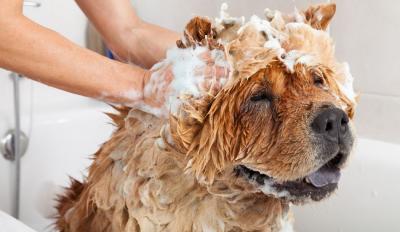
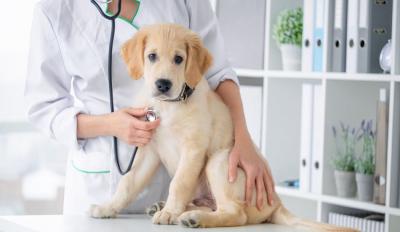
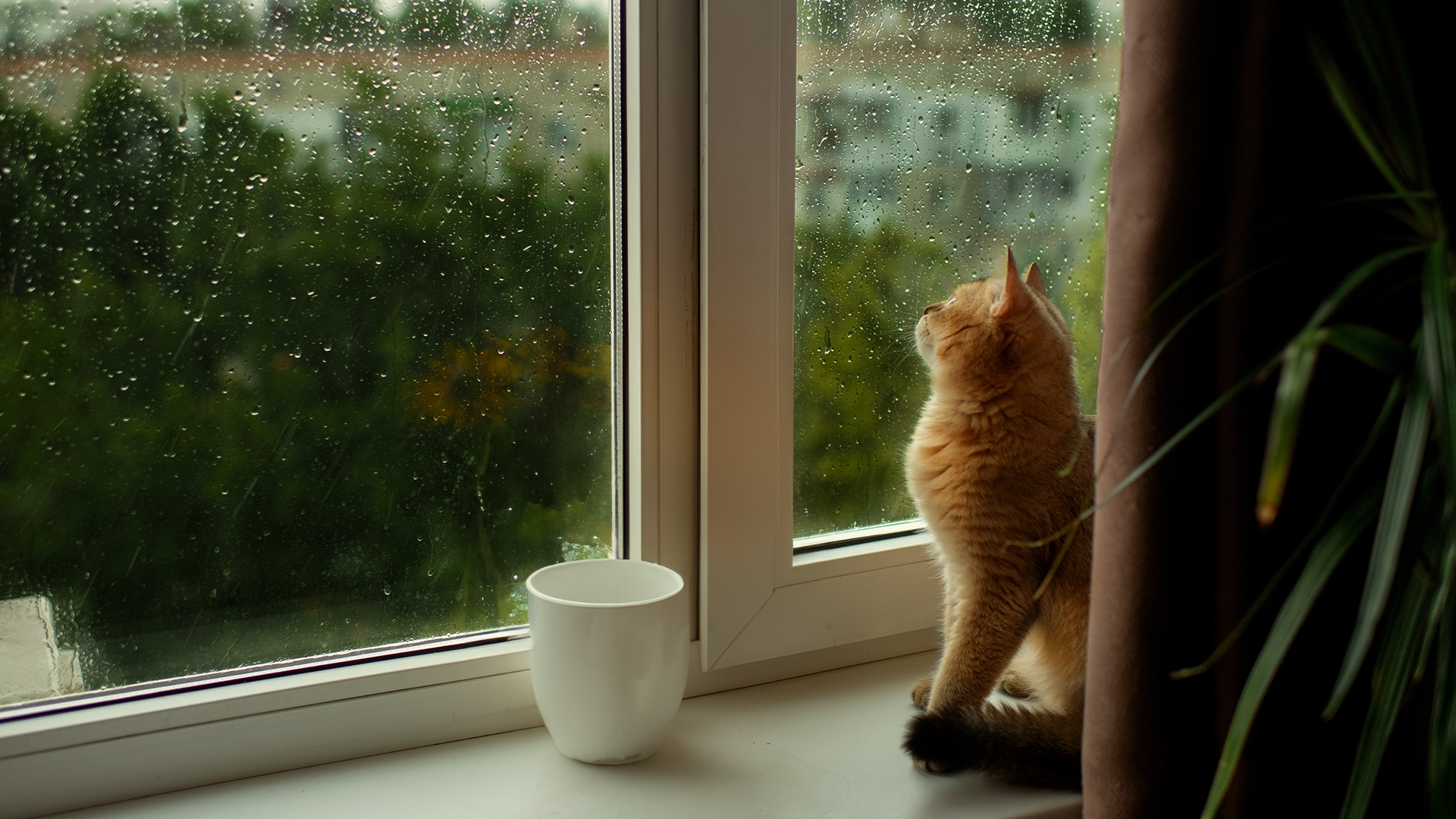



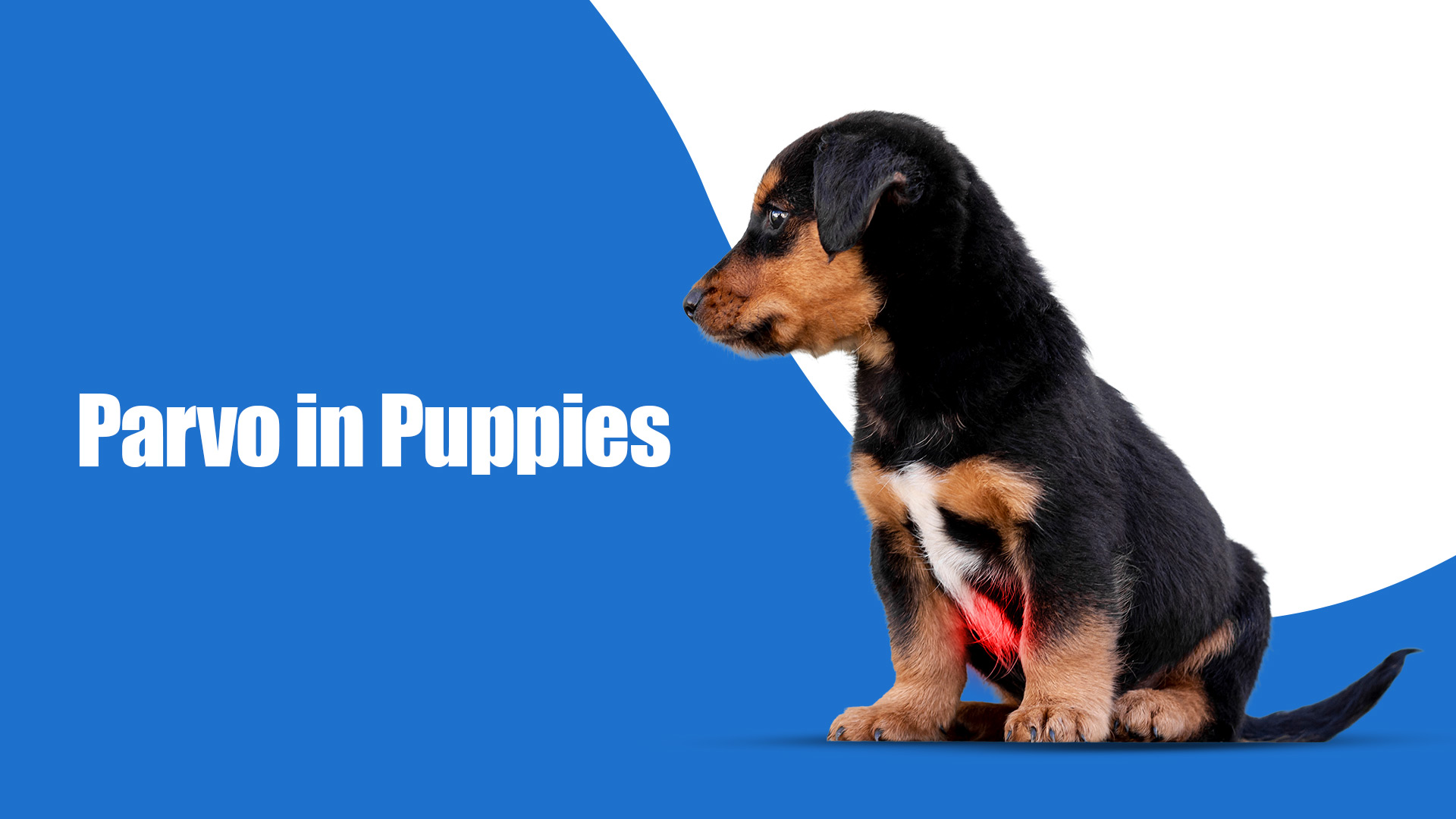

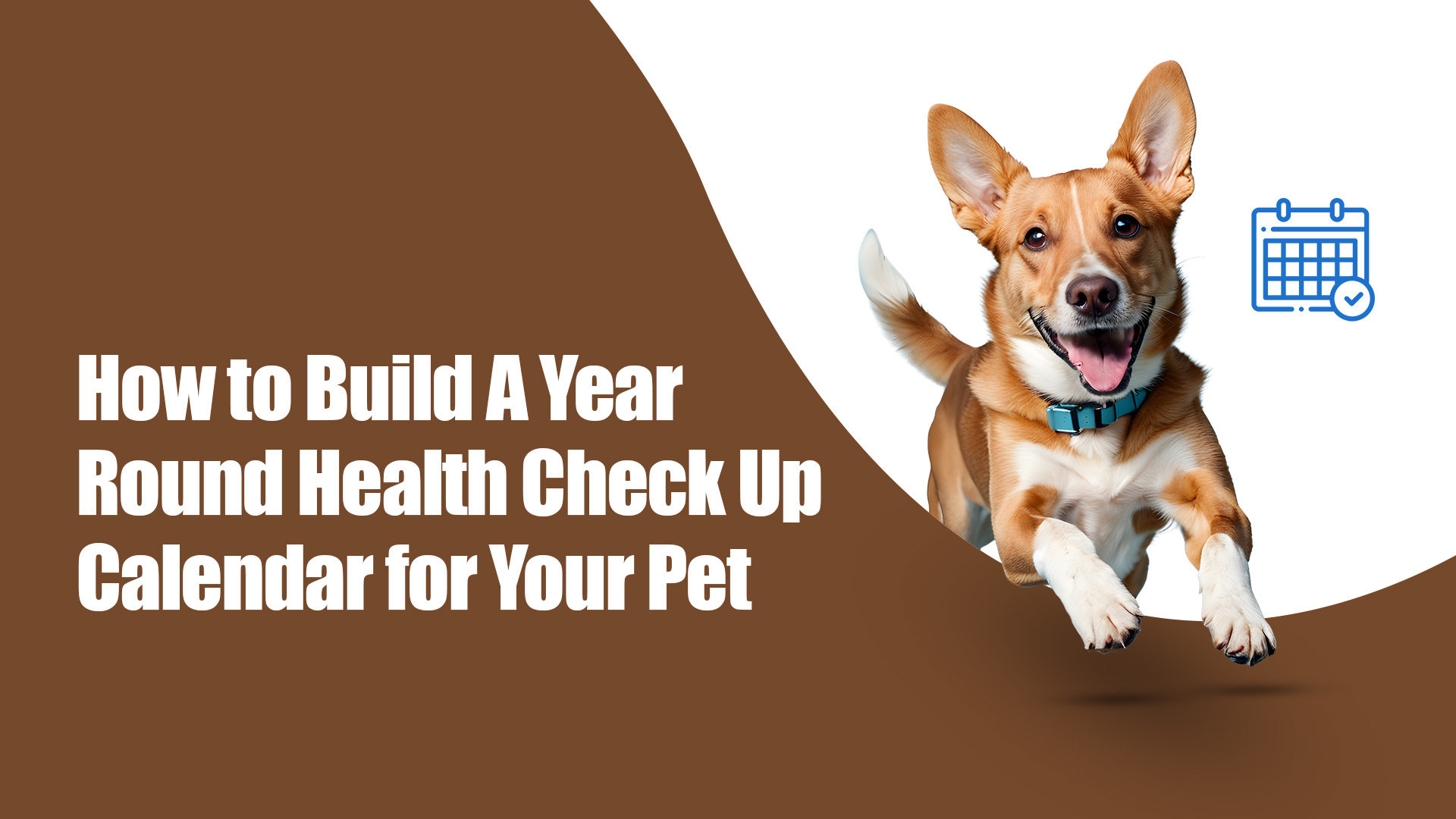


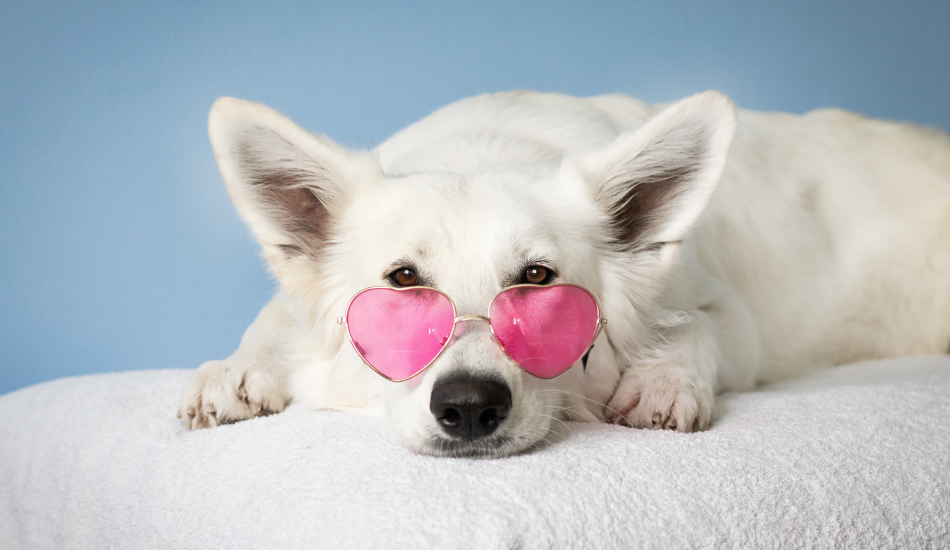

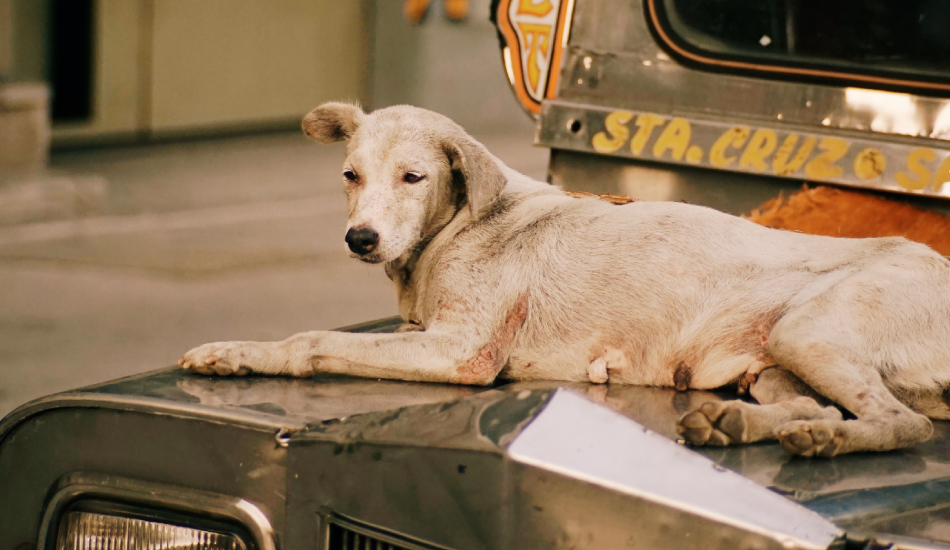

The information below is required for social login
Create New Account